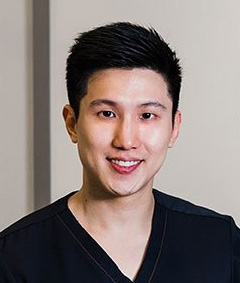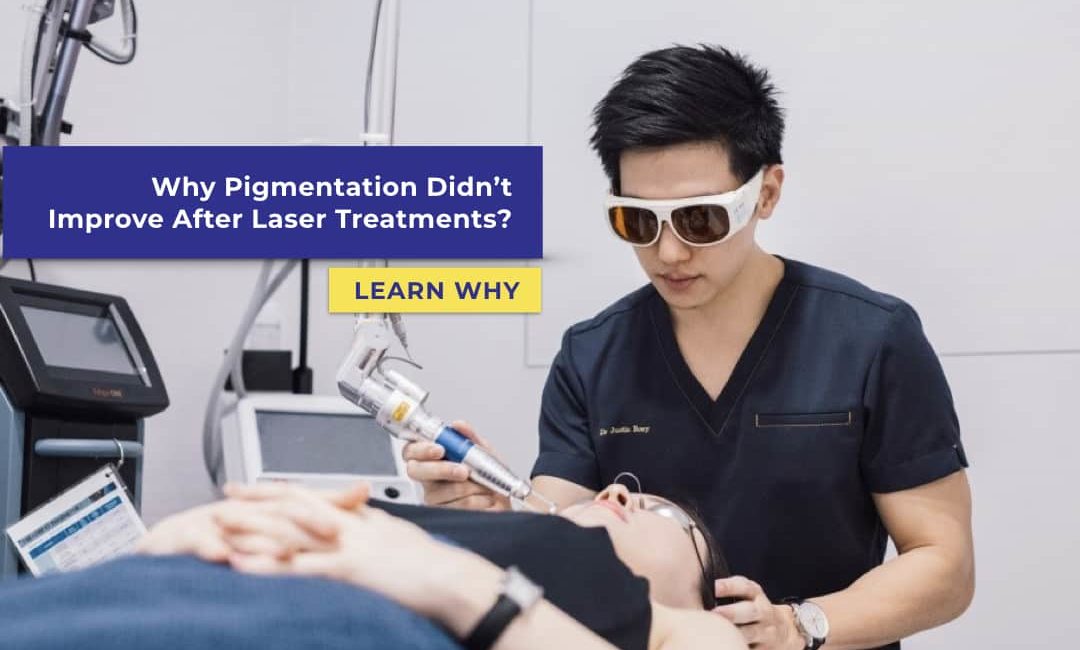“Doctor, I have tried lasers for pigmentation before. Why didn’t it work?”
Lots of new patients have asked me this question.
The truth is, lasers have grown in immense popularity over the past few years and many patients have benefited a lot from these treatments.
For those who have not seen optimal results yet, these are 3 key factors that can help you to get more out of your pigmentation removal treatments.
Contents
1. Sun Protection & Sun Avoidance
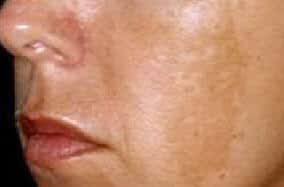
Sun protection and avoidance are essential before and after laser treatment.
This is because your skin is particularly sensitive after laser treatments.
Treat your skin with great care to get the best results from your laser treatment!
Key Advice #1: Apply sun screen every 4-6 hours and avoid the sun religiously for 3-5 days after laser
2. Incorrect Laser Settings
This is a big reason why patients complain of poor results.
“Run of the mill” laser clinics tend to use low laser settings but ask their patients to come more frequently (even up to 3 times per week).
Although each laser session might be cheaper ($60-$80/session), the long-term cost is similar, if not more expensive.
Cost isn’t the only thing that you should be concerned about with such frequent treatments. Complications are of a Greater Concern.
Research has proven that overly frequent laser sessions using Q-switched Nd:Yag laser can cause complications like mottled hypopigmentation (white spots).
These can take years to resolve. In certain cases, it is potentially irreversible.
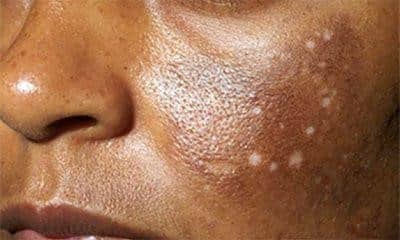
My laser treatments for pigmentation removal can only be performed every 3-4 weekly, based on published research.
At appropriate and effective laser settings, you don’t need to go for laser sessions several times a week to achieve optimal results.
Key Advice #2: Be careful not to be Penny Wise, Pound Foolish.
3. Incorrect type of Laser
Patients – and even doctors themselves – tend to be fixated on the type or brand of laser.
What is equally, if not more, important is the doctor’s skill in using lasers to treat pigmentation.
This is honed through specialized training (local/overseas) and experience.
There is much debate on which laser is better for pigmentation removal – Q-switched Nd Yag laser versus Picosecond/ Pico lasers.
The truth is, I use Both.
This is because I find that Picosecond/ Pico lasers are more effective for more complex and stubborn pigmentation. However, Q-switched lasers alone are good enough to remove simple pigmentation.
A Taiwanese research study on melasma (a challenging type pigmentation) showed that Picosecond/ Pico Lasers achieve “faster and better clearance rate” as compared to Q-switched nanosecond lasers. (https://www.ncbi.nlm.nih.gov/pubmed/29732522)
Essentially, different lasers are used to treat different types of pigmentation/dark spots.
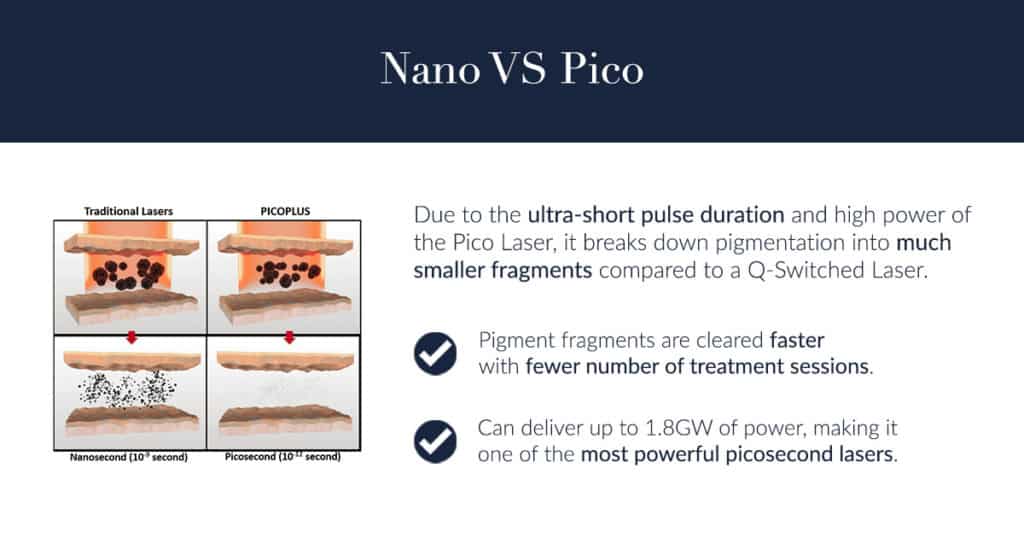
It is important for aesthetic doctors to be at the forefront of laser technology to offer the best results to our patients.
Key Advice #3: Go to a Doctor who has Both Pico Lasers and Q-switched Nd:Yag lasers for an Unbiased expert opinion.
How do I pick the best pigmentation removal doctor?
Word of mouth and online reviews are 2 key indicators.
Other important factors include:
- Specialised experience in treating pigmentation
- Type of pigmentation lasers available
Lastly, chemistry – there are many good doctors in Singapore. Focus on finding a doctor who understands you well.
Also, look for meticulous and caring clinic staff. After all, treating pigmentation is a marathon, not a sprint. You need a dedicated team to support you in this journey.
Bid Pigmentation Goodbye!
